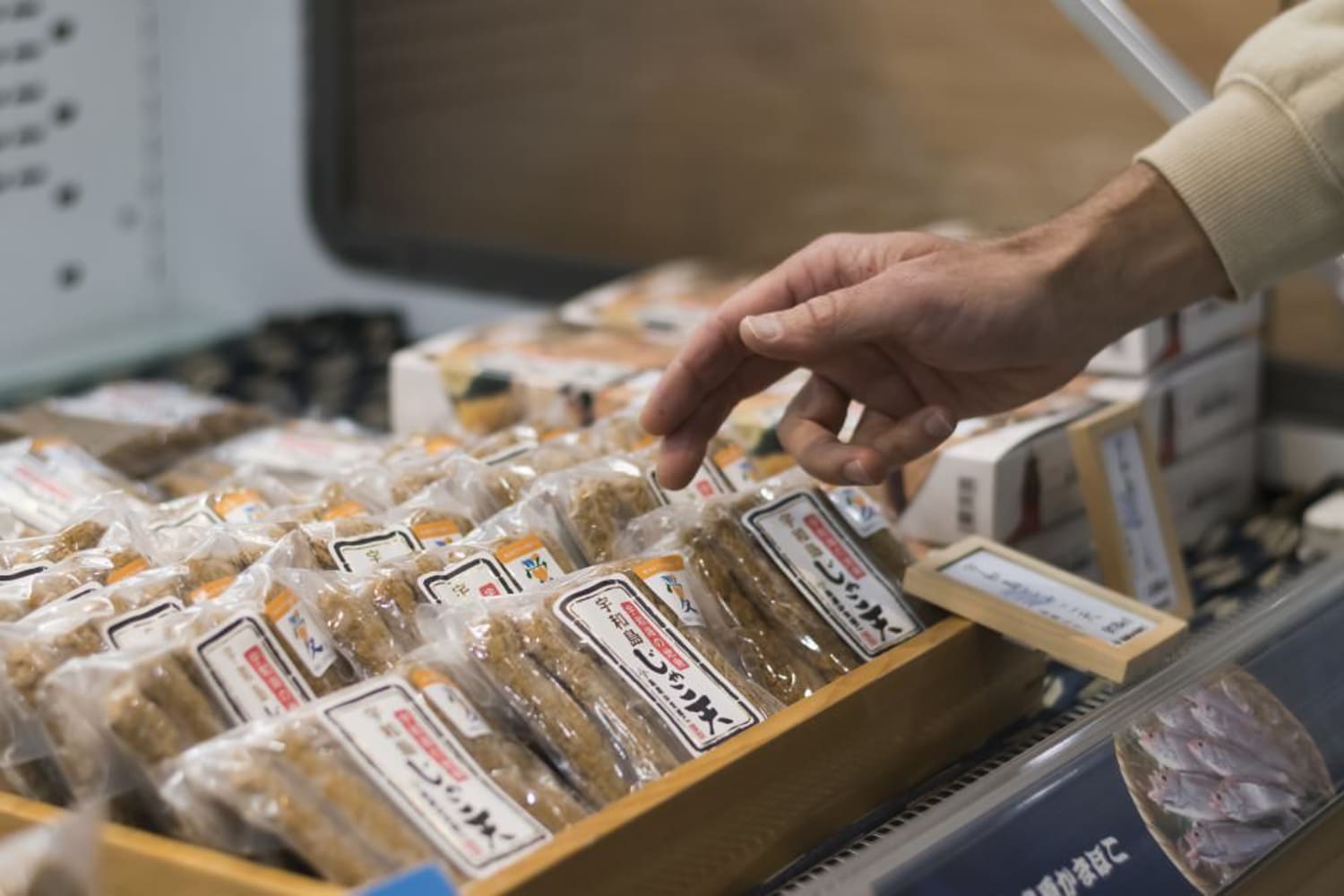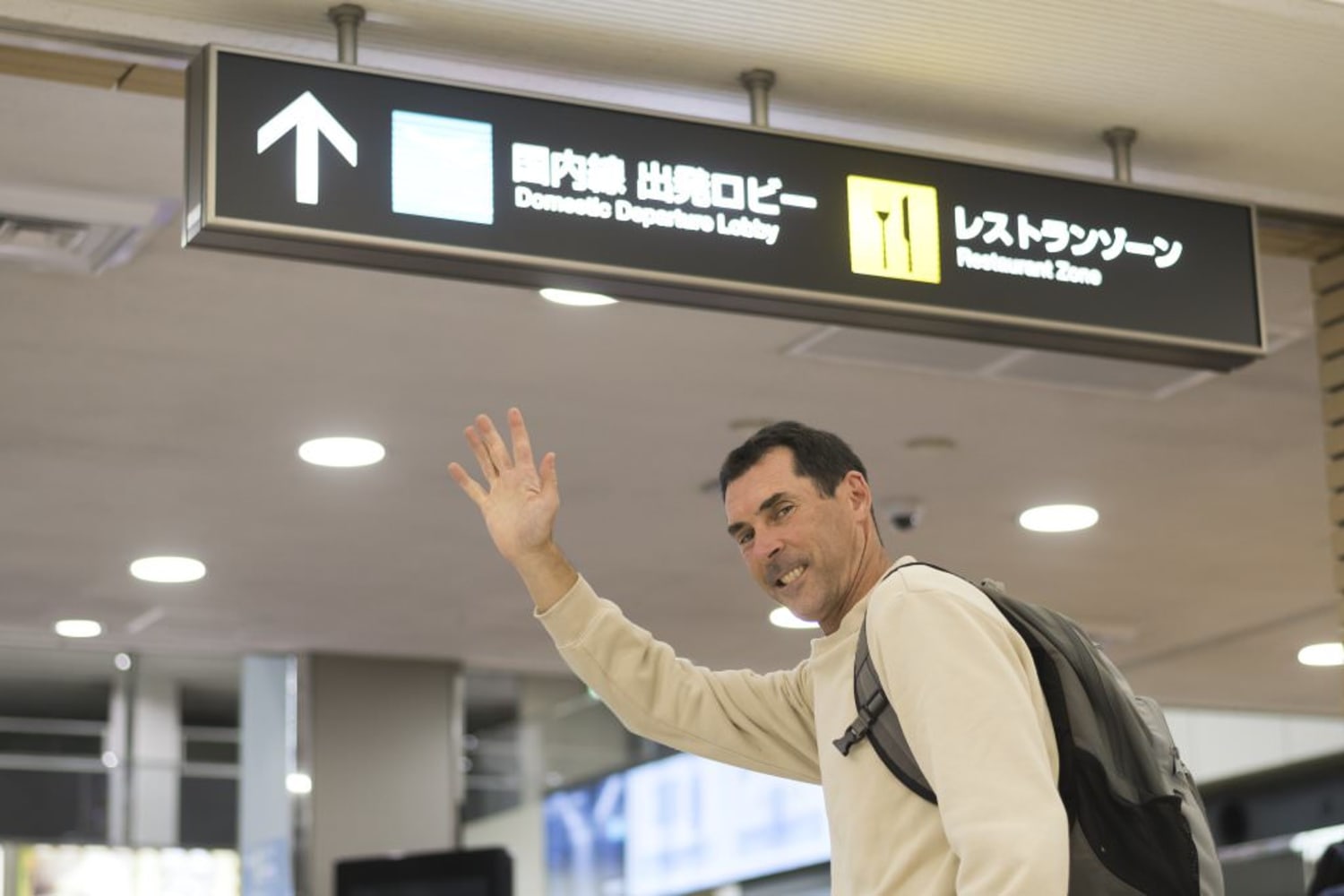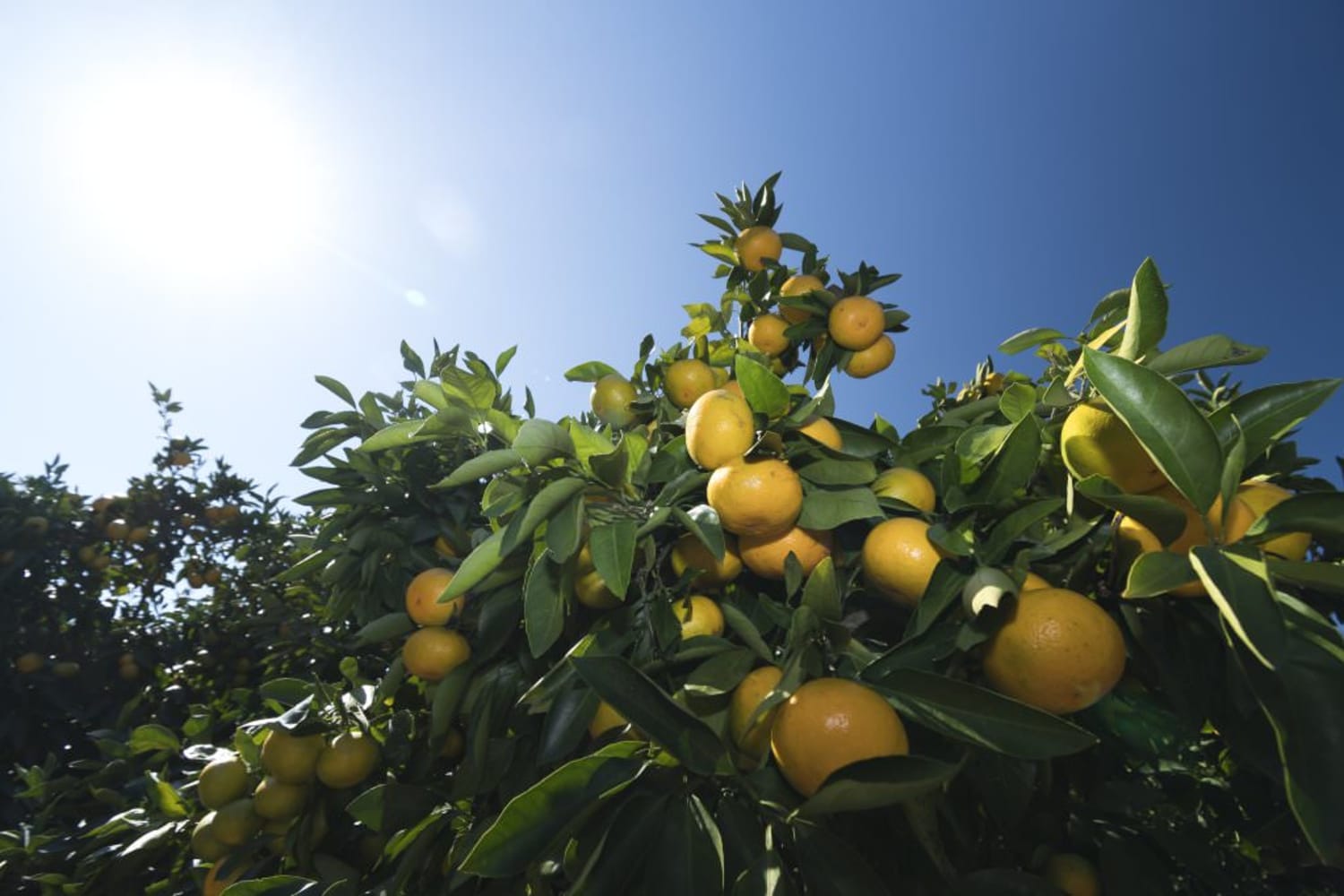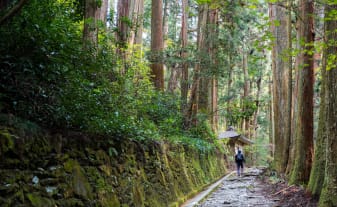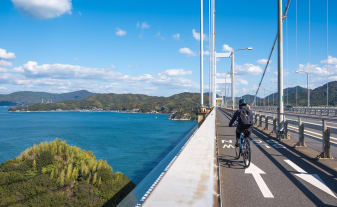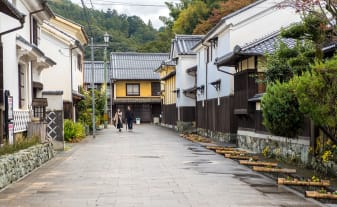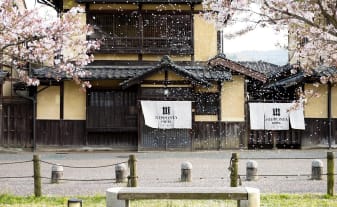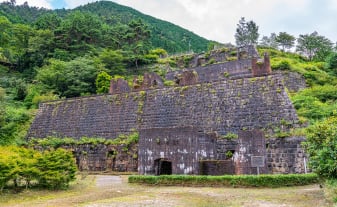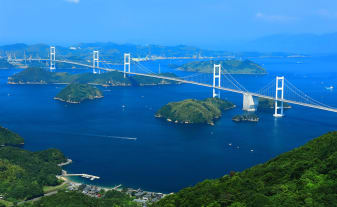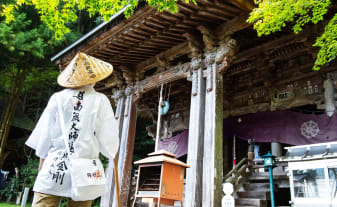 STORIES & GUIDES
STORIES & GUIDES
[Day 5] The Varied Culture of Uwajima and the End of My Ehime Adventure

With one of Japan’s twelve original castle towers, the most citrus fruit in the country, hearty local cuisine, and the perfect river adventure, laid-back Uwajima has a lot to offer.
-
Uwajima Castle – between the mountains and the ocean, an Edo-period treasure
Uwajima Castle stands on a hill right in the middle of town. The sea ran right to the foot of this hill in 1601, when the castle was established, but land reclamation has since pushed the water away. Stone paths lead up the northeast slope, through thick forest and past centuries-old, mossy stone walls. At the top is a flat expanse of grass where Uwajima Castle’s three-story tower looks out over the land. Completed in 1666, it is one of Japan’s twelve remaining Edo-period castle keeps. From this hilltop, mountains dominate the view in every direction, hemming in the town and allowing one to sense, at least to some degree, what this place might have looked like when the sea played along the castle’s northern and western outer walls. Inside the castle tower, or tenshu, the wooden pillars and beams sit exposed, showing off the architectural techniques that have allowed it to stand for nearly 400 years. In spring, cherry blossom trees turn the castle grounds pink and white. To the west, the sea slips between the mountains and disappears, inviting thoughts of the people who have come and gone, and stood on these very same grounds.
Address: Marunouchi, Uwajima City
Access: 15 minutes on foot from JR Uwajima Station (35 minutes to the castle tower)
Open:
November to February: 6:00 a.m. to 5:00 p.m. (castle tower 9:00 a.m. to 4:00 p.m.)
March to October: 6:00 a.m. to 6:30 p.m. (castle tower 9:00 a.m. to 5:00 p.m.)
Phone: +81 895-22-2832
Website: https://www.city.uwajima.ehime.jp/site/uwajima-jo/ -
Minami Shikoku Farm – fruits of a favorable environment
At harvest time, Seike-san can pick upwards of five thousand oranges a day. “Conditions here are excellent for growing citrus,” he told me as we walked through his groves, thick with leaves and fruit. Cool nights and warm days; sloping land where water won’t collect; rich soil to hold nutrients; minerals from the ocean breeze—these are what made Ehime the top mikan orange producing prefecture in Japan. “But not anymore,” Seike-san added. The farmers here have diversified to produce over a dozen varieties of citrus fruit. This means they harvest year-round, mostly by hand, as the narrow groves and sloping land make using machinery difficult. Seike-san invited me to pick a few of the best oranges among the thousands in front of me, giving me a chance to enjoy, for a short time, the life of a citrus grower in southern Ehime.
Address: 612-1 Okimura-Kabuto, Yoshida-cho, Uwajima City
Access: 20 minutes by car from JR Uwajima Station
Open: Weekdays, 8:30 a.m. to 4:00 p.m.
Phone: +81 895-52-0330
Website: https://kinahaiya.jp/ -
Hozumi-tei Restaurant – legendary cuisine
From the details of the exterior to the décor inside, the Hozumi-tei restaurant breathes with Japanese tradition. I was told this building was a ryokan a hundred years ago. Now, it is known far and wide for its local sea bream specialty, Uwajima Taimeshi. Legend has it that the Iyo Suigun, the seafarers who controlled the waters off the Uwajima coast from their base on nearby Hiburi Island, would mix fresh sea bream sashimi with soy sauce and raw egg, and eat it with hot rice right on the boat. Sashimi is a staple at Hozumi-tei, with their menu changing with the seasons. Named after Uwajima-born Nobushige Hozumi, Japan’s first doctorate of law recipient and co-author of Japan’s civil code, Hozumi-tei stands as a part of Uwajima City’s past and a purveyor of its delicious ongoing present.
Address: 2-3-8 Shinmachi, Uwajima City
Access: 5 minutes on foot from JR Uwajima Station
Open: 11:00 a.m. to 2:00 p.m., 5:00 to 10:10 p.m.
Closed: Sundays
Phone: +81 50-5484-8569 -
Canyoning in the Nametoko Gorge – a wet and wild river adventure
In the Nametoko Gorge just east of Uwajima City, the Meguro River runs through the forest like a rambunctious child. Winter is chilly here in the mountains, but when the weather warms the playful crowds come to bask in the shade and ride the river. The name Nametoko means “slippery floor,” a perfect moniker for the water-worn rocks forming stretches of the Meguro’s riverbed. My group’s guide Jin-san showed us all the best places to experience the river, sliding feet first, then head first, on his back and on his stomach, whooping it up as we followed him down these natural water slides. In autumn, the gorge explodes in the colors of the season, attracting plenty of people who prefer to stay dry as they walk the winding paths along the river. For those in search of adventure, this wet, slippery floor is tough to beat.
Address: 2885-5 Meguro, Matsuno-cho, Kitauwa-gun
Access: 40 minutes by car from JR Uwajima Station
Phone: +81 895-30-2250
Website: http://goodriver.jp/ -
Matsuyama Airport – connecting Ehime with the rest of Japan and beyond
Matsuyama Airport handles direct flights from Ehime to Tokyo and a half dozen other major cities across Japan, as well as connections to Shanghai, Seoul, and Taipei. But for an airport serving three million passengers a year, the atmosphere is decidedly relaxed—much like Ehime itself. And while flying might be your quickest option back to Tokyo, up to Hokkaido or down to Okinawa, there are also plenty of buses and trains that can get you on your way as you continue to explore Japan. But before you go, remember to pick up a bit of Ehime to take home with you!
Address: 2731 Minamiyoshidamachi, Matsuyama City
Access: 15 minutes by bus from JR Matsuyama Station
Phone: +81 89-972-5600
Website: http://www.matsuyama-airport.co.jp/ -
Looking Back on Ehime
I had an image in my head of what my trip to Ehime would bring: lofty white bridges stretching over sparkling blue waters; sweeping green valleys checkered with lush orange groves; that really old onsen I’d heard about somewhere… And certainly, without these things my time here would not be complete. But Ehime, I discovered, held surprises at every turn. From an Edenic garden of moss in the countryside to a thousand stone statues on a mountainside; from the halls of master chefs to the tables of a winemaker and a brewer; from the sense of walking through history to finding connection with the natural wonders Ehime presents—I could hardly have seen more in my short time there. I can’t help but think there is still so much more waiting. For the things I’ve seen, and for the things I haven’t, I will return someday to Ehime.
-
Outdoor Adventure
-
Lakes & Rivers
-
Food & Drink
-
Souvenirs
-
Castles













